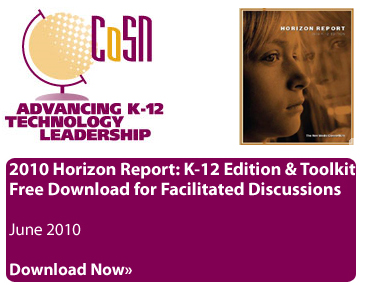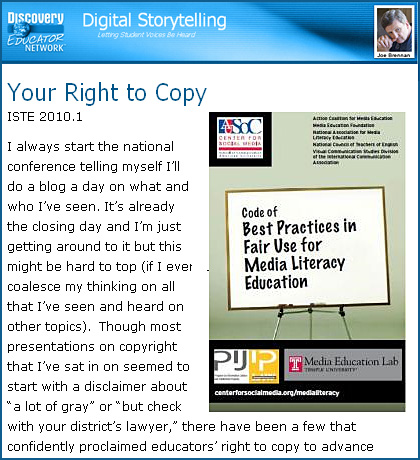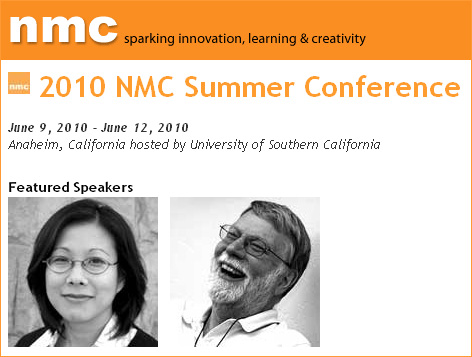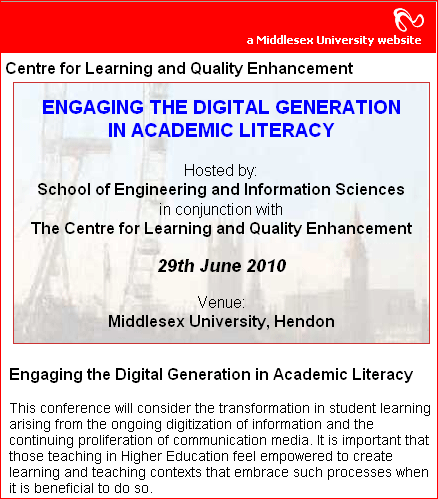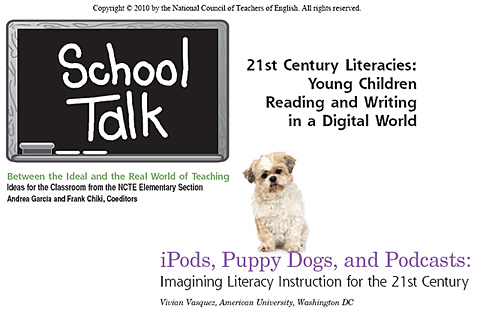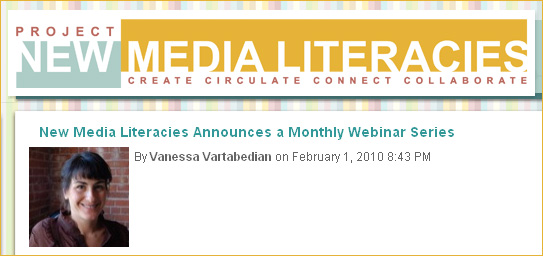McGraw-Hill Education: Product Manager – Student Innovations
Profession: Marketing -> Product Management
The McGraw-Hill Companies is driving the education, financial services, and business information markets through leading brands such as McGraw-Hill Education, Standard & Poor’s and J. D. Power and Associates. McGraw-Hill Education addresses virtually every aspect of the education market from pre-K through professional learning.
Using traditional materials, online learning and multimedia tools, we empower the growth of teachers, professionals and students of all ages. Our technical innovations are changing the way people learn, with e-books, online tutoring, customized course Web sites and subscription services. We are also a leading provider of reference and trade publishing for the medical, business, engineering and other professions. McGraw-Hill is investing in and committed to innovation, both in its business and in shaping the future of higher education.
The Learning Ecosystems Group is the team responsible for defining that vision of the future. We are building businesses that meet the needs of higher education students – products that can be directly marketed to students and to institutions, including our current GradeGuru product as well as the significant digital platform products in our short-term pipeline. The Learning Ecosystems Group is thus offering a unique and exciting opportunity for an experienced Product Manager in our New York City offices. The ultimate aim for this Product Manager is loosely to develop, deliver and monetize products/ services that will give students the tools they need to meet their course goals, as well as to drive the research, ideation and vision for new product(s)/ service(s) that are responsive to the needs of students.
Essential Accountabilities
- Manage and conduct research to understand and synthesize student tasks, presenting and sharing the findings across the MHHE business.
- Analyze market and product opportunities in the context of primary, secondary and competitive research. Continually collect, distill, and disseminate foundational research to inform product development.
- Build prototypes and/ or wireframes to define functional requirements that can be market tested to determine and prove market potential.
- Develop and thoroughly document/ articulate the vision and business case for the product(s) to gain buy-in from stakeholders across the organization. Clearly communicate a cohesive strategy and product road map.
- Drive product implementation in collaboration with vendors and business analysis and design partners. Build out the detailed functional requirements and design of the initial product/ service based on research, wire-framing, prototyping, user testing, experimentation and iteration.
- Drive the growth of the product/ service(s) over time, both in terms of the product road map/ functionally and customer base and revenues.
- Build out the monetization plans and business model elements to drive the product to ultimate profitability, setting aggressive targets.
- Ensure all resources are in place across the product and working in concert to achieve the ultimate success of the business, including analytical, design, technical and sales/ marketing resources as appropriate. Articulated accountabilities for team members for successful execution and delivery of the overall business objectives and targets.
- Work in collaboration with the existing MHHE sales, marketing and strategy team for maximum productivity, efficiency and product success as well as manage customer needs in collaboration with the existing MHHE customer service group
- Resource and lead a marketing team to drive rapid growth through a sound marketing and PR plan based on our understanding of our market segmentation motivations, our stakeholder interests, social media marketing tools, the power of PR and a grassroots, viral approach.
- Bachelor’s degree; Master’s degree preferred
- 8-12 years experience in related field, at least 2-3 as a lead product manager
- Proven ability to deliver…
Disclaimer/comment from DSC:
I have not reviewed this material carefully, but I especially appreciated this quote from Joe Brennan:
Renée Hobbs of Temple University is passionate about teachers’ rights and asserting those rights when teaching. Forget about those 10% and 30 second rules. She has even proposed teachers’ legal right to bypass the encryption on movies for the sake of education AND it’s under consideration by the U.S. copyright office! Want to know more? Check out her resources on “Fair Use supporting digital learning,” the “Code of Best Practices for Fair Use in Media Literacy Education,” and the Center for Social Media.
The Next Generation of Digitally Enhanced Learning — from The Journal by Scott Aronowitz
At the recent Ed Tech Summit, a technology consultant took a distant look at the future of education, based on both widespread speculation and technologies currently on the market and in development
In his lecture at the Ed Tech Summit at the InfoComm 2010 conference in Las Vegas, Mark S. Valenti, founder and president of Pittsburgh-based technology consulting firm The Sextant Group, delved into the myriad of ways in which advancing technology will continue to enhance, improve, and expand education–both K-12 and post-secondary education–as well as the shifts in priorities and attitudes such advancements will likely cause.
In Valenti’s “big picture” view of the next stage of education, there will be several significant changes, some of which we are already witnessing, that will alter the entire landscape for “providers” of education and related services, e.g., colleges and universities, vocational and trade institutes, public and private K-12 schools, etc., as well as for teachers and students:
* The process will continue to become more technology-dependent;
* There will be increased demand for access, in terms of user capacity, frequency, transmission speed, and content capacity, leading to increased demand for bandwidth;
* Information will become increasingly media rich, which will also impact bandwidth demand; and
* The individual will increasingly become both a consumer and a producer of information, leading to shifts in the dynamic between educators and the educated.
…
Finally, such technology will lead to a rethinking of the architecture of learning spaces themselves. “Collaboration across time and space will drive facility design [in the coming years]. We’re seeing technologies like Skype become commonplace. We’re seeing major investments from companies like Cisco in things like TelePresence, which is a prime example of cross-collaboration.” Valenti said he believes that, in the long run, in addition to the changes in teaching and learning methods, the physical space that accommodates learning will also change. Classrooms driven by multimedia, virtual hands-on combinations of laboratories and lecture spaces, and the aforementioned virtual operating rooms are all examples of the digitally enhanced learning spaces on the horizon.
Highlights from the New Media Consortium’s Summer 2010 Conference — by Alan Levine
…
Whether you were there or not, below you will find our collection of media and highlights from the 2010 Summer Conference, hosted by the University of Southern California.
- USC 2010 NMC welcome web site and video
- Keynotes
- Mimi Ito: Learning with Social Media: The Positive Potential of Peer Pressure and Messing Around Online– full video recording
- John Seely Brown: A New Culture of Learning – full video recording
- Center of Excellence Award Winners- videos
- Photo Safari Showcase -slideshow of work by participants in the Pre-Conference Digital Photography Workshop
- Poster and Interactives Award Winners
- Five Minutes of Fame – video coming soon
- Conference Bloggers
- Photos Shared in Flickr
- Twitter activity: twapperkeeper archive or twitter search results
- Invitation video for NMC 2011 hosted by the University of Wisconsin-Madison
New Media Consortium’s Summer 2010 Conference
Tracks include:
- Emerging Technologies
- Mobile applications and tools for learning
- Cloud-based applications in practice
- Geolocation technologies and applications
- Augmented reality
- Applications of collective intelligence
- Discipline-specific applications for emerging technologies
- Discussions of challenges and trends related to educational technology
- Projects that employ the Horizon Report in any capacity
- New Media and Learning
- Applications for educational gaming and virtual worlds
- Digital storytelling techniques and applications
- Open source and open content projects
- New forms of scholarship and publication
- Inter-generational learning
- Supporting and working with faculty or curatorial staff
- International and multi-institutional projects
- Immersive learning environments
- New Media and Leadership
- Identity management
- Allocation of resources
- Support and integration of course management systems
- Learning space design
- Support of technology environments on and off campus
- Use, creation, and management of open content
- Fair use, intellectual property, and copyright issues
- Accessibility issues
- Assessment and evaluation
- New media programs and degrees
- Supporting a global student body
- Global outreach programs and activities
- Tools and Techniques
- Mobile delivery of educational content
- Social networking tools and techniques
- Cloud-based applications and tools
- Semantic-aware tools
- 3D and animation techniques
- 2D animation and motion graphics
- Digital video production and delivery
- Demonstrations of new software from NMC partners
- New techniques involving established software
- Tools and techniques for online research and collaborative work
Learning in a Participatory Culture: A Conversation About New Media and Education (Part Three) — from newmedialiteracies.org by Henry Jenkins
Sections/sub-topics include:
- So far, we have been talking about new media, but it is clear that they do not replace the old ones.
- Therefore we need to use multiple media.
- Can we think then that schools lose many of learning opportunities supported by new media?
- Maybe your idea of transmedia phenomenon may be a way to explore opportunities offered by the media. For example, teaching students how to write narrative texts when using the Harry Potter books, movies or video games.
- And what about social networks, a new widespread medium of communication among young people and also among many adults?
- What is the role that these networks can play in schools?
Also see:
Call for proposals — for NMC Symposium — from the New Media Consortium
Themes
The Symposium is designed to stimulate dialog around the ideas, tools, best practices, and philosophies that underpin the use of new media in education. New media, for this event, is interpreted broadly as anything from creative uses of digital media and new forms of communication to alternative publishing methods and media-rich tools. The Symposium seeks to explore new media in the context of a current social phenomenon and not simply as a means of content delivery.
Proposals are encouraged on any of the following themes, but this list is not exhaustive and selections will not be limited to these categories:
- digital gaming in education
- digital storytelling practices
- new forms of multimedia production and delivery
- social media, social networking and global connections
- new media and mobile devices
- data visualization
- media-rich communication tools
- new literacies
- any technology or practice that shows promise for engaging students and supporting teaching and learning using new media
2010 NMC Symposium on New Media and Learning — New Media Consortium
The 2010 NMC Symposium on New Media and Learning, the fifteenth in the NMC’s Series of Virtual Symposia, will explore the impact of new media on teaching, learning, research, and creative expression, especially in higher education. New media, for this event, is interpreted broadly as anything from creative uses of digital media and new forms of communication to alternative publishing methods and media-rich tools. The Symposium seeks to explore new media in the context of a current social phenomenon and not simply as a means of content delivery.
Join keynote speakers Joe Lambert of the Center for Digital Storytelling and Constance Steinkuehler of the University of Wisconsin–Madison in sessions that delve into topics from educational gaming to telling deeply compelling stories using digital media. The annual Symposium on New Media and Learning is a conversation about the most vital and relevant applications of new media for education.
New Media Literacies Announces a Monthly Webinar Series — from New Media Literacies.org
WEBINAR SCHEDULE
February 11, 2010 at 7pm EST / 4pm PST : Judgment and Appropriation with a focus on copyright, fair use, and creative commons.
March 11, 2010 at 7pm EST / 4pm PST : Networking and Negotiation
April 8, 2010 at 7pm EST / 4pm PST : Transmedia Navigation
May 13, 2010 at 7pm EST / 4pm PST : Collective Intelligence
June 10, 2010 at 7pm EST / 4pm PST : Performance and Play
July 15, 2010 at 7pm EST / 4pm PST : Distributed Cognition
August 12, 2010 at 7pm EST / 4pm PST : Simulation and Visualization
September 9, 2010 at 7pm EST / 4pm PST : Muktitasking









